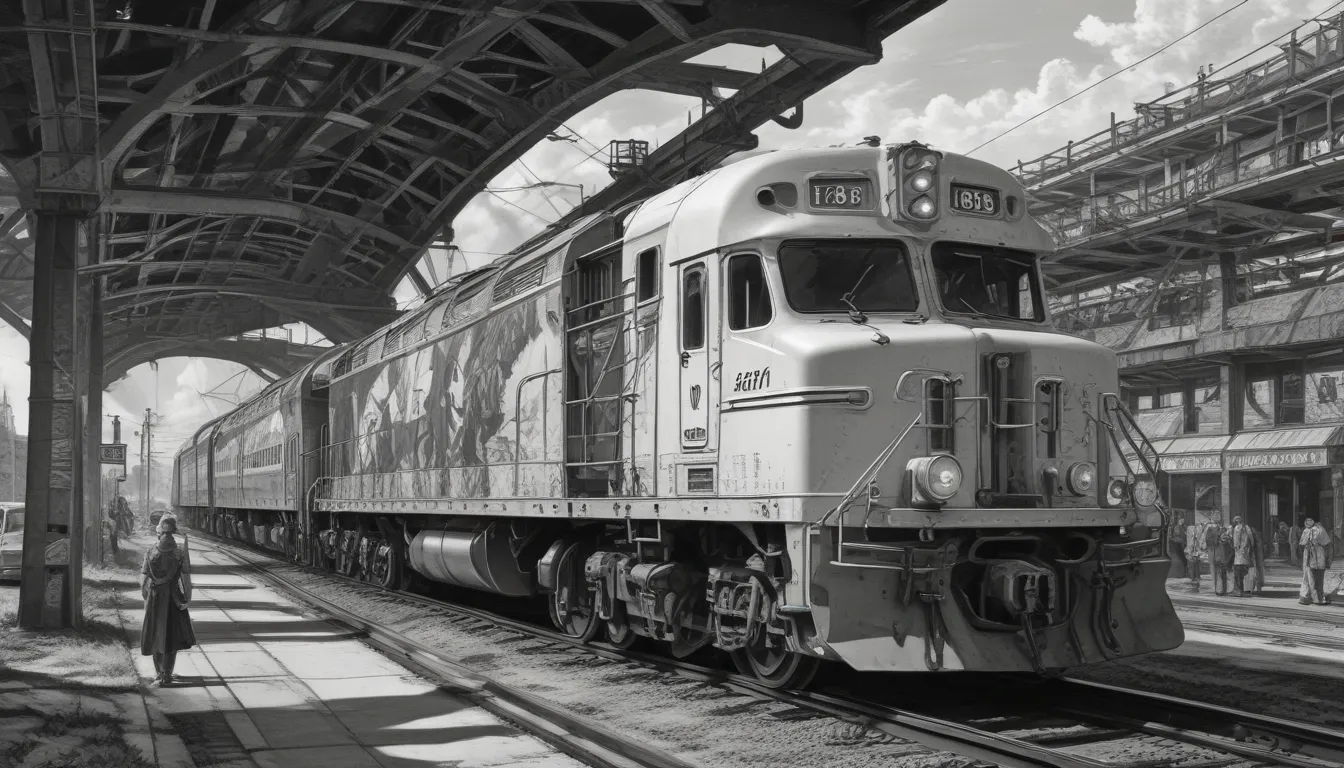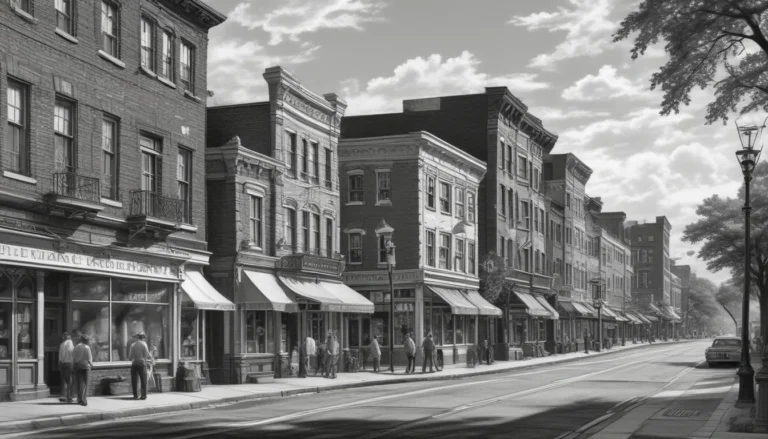The images in our articles are for illustrative purposes only and may not exactly match the content. They are intended to capture your interest and complement the text, not to replace it.
Kenosha, Wisconsin, situated on the shores of Lake Michigan, is a city rich in history and growth. Its transportation and infrastructure systems serve as the backbone of its economic and social development, connecting residents and businesses to opportunities near and far. Let’s dive into 10 fascinating facts about transportation and infrastructure in Kenosha, shedding light on the city’s evolution, innovation, and the pivotal role these elements play in everyday life.
Unveiling Kenosha’s Connectivity
Kenosha, Wisconsin, boasts a well-connected transportation network that includes an airport, major highways, public transit, and bike lanes. These vital arteries support the city’s economy and enhance accessibility for its residents and visitors.
- The city’s infrastructure acts as a cornerstone for economic growth by facilitating the movement of goods and connecting businesses with markets.
- Kenosha’s strategic location along major interstate highways, notably the I-94 corridor, provides seamless connectivity to cities like Milwaukee and Chicago, solidifying its status as a key transportation hub in the region.
Navigating Kenosha: A Closer Look
1. Kenosha Regional Airport:
Located in the southeastern part of the city, the Kenosha Regional Airport serves as a crucial hub for general aviation and corporate travel, contributing to the connectivity of Kenosha and its surrounding areas.
2. Kenosha Area Transit (KAT):
Operated by the Kenosha Area Transit, the city’s public transit system offers reliable bus services that connect various neighborhoods within the city, ensuring accessibility for all residents and visitors.
3. Well-Maintained Infrastructure:
Kenosha boasts a network of well-maintained roads and bridges that support daily commuting and the movement of goods, underpinning the city’s economic vitality.
4. Vibrant Harbor:
Kenosha’s harbor serves as a vital component of its transportation infrastructure, facilitating maritime activities and contributing to the city’s economic growth through trade and commerce.
5. Sustainable Transport Options:
The city’s commitment to sustainability is evident through dedicated bike lanes and pedestrian-friendly pathways that promote active transportation and enhance overall accessibility and livability.
6. Freight and Cargo Movement:
Kenosha’s robust infrastructure includes facilities and systems designed to support the seamless movement of freight and cargo, bolstering its position as a key logistical hub in the region.
Kenosha’s Economic Backbone
The city’s well-developed transportation and infrastructure systems are instrumental in supporting the local economy by connecting businesses with markets and enhancing overall accessibility. This strong foundation serves as a catalyst for economic growth and development within the region.
A Vision for the Future
Kenosha continues to invest in enhancing its transportation and infrastructure systems to ensure connectivity, accessibility, and overall transportation capabilities. Through strategic investments and forward-looking initiatives, the city aims to build a sustainable and vibrant future for itself and its residents.
Conclusion
Kenosha, Wisconsin, stands as a dynamic urban center with a rich history and a promising future in terms of transportation and infrastructure. From its extensive road network to its strategic location on Lake Michigan, the city thrives on connectivity and economic activity. As Kenosha evolves, its transportation and infrastructure will remain pivotal in shaping its path forward.
Frequently Asked Questions
1. What are the main modes of public transportation in Kenosha?
Buses and streetcars operated by the Kenosha Area Transit (KAT) system provide convenient and reliable options for commuters and residents.
2. How does Kenosha’s location contribute to its transportation infrastructure?
Kenosha’s strategic location on the western shore of Lake Michigan has historically facilitated trade and transportation, making it a key part of the region’s transportation network.
3. What infrastructure projects are currently underway in Kenosha?
The city is actively investing in road expansions, bridge maintenance, and sustainable development initiatives to enhance its connectivity and accessibility.
4. Is Kenosha bicycle-friendly?
Yes, Kenosha promotes cycling as a sustainable mode of transportation with dedicated bike lanes and trails throughout the city.
5. How does Kenosha prioritize sustainability in its transportation and infrastructure initiatives?
The city integrates eco-friendly practices into its projects by promoting public transit, implementing green infrastructure, and supporting alternative fuel options.
Buzzing with life and growth, Kenosha’s transportation and infrastructure tell a story of progress and promise, weaving together the threads of its past and future. Join us as we explore the vibrant tapestry of connectivity and development that make Kenosha a truly remarkable city.






